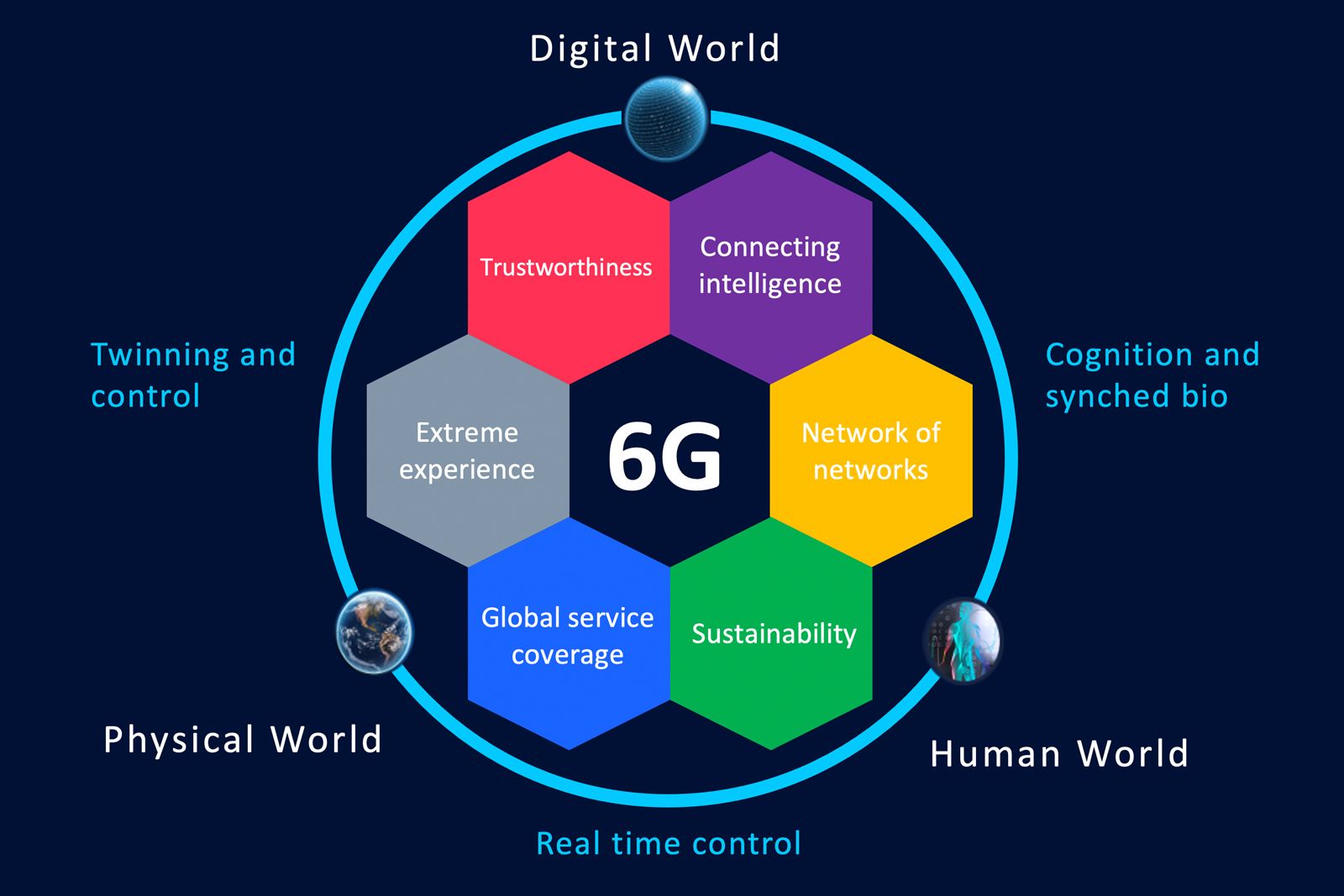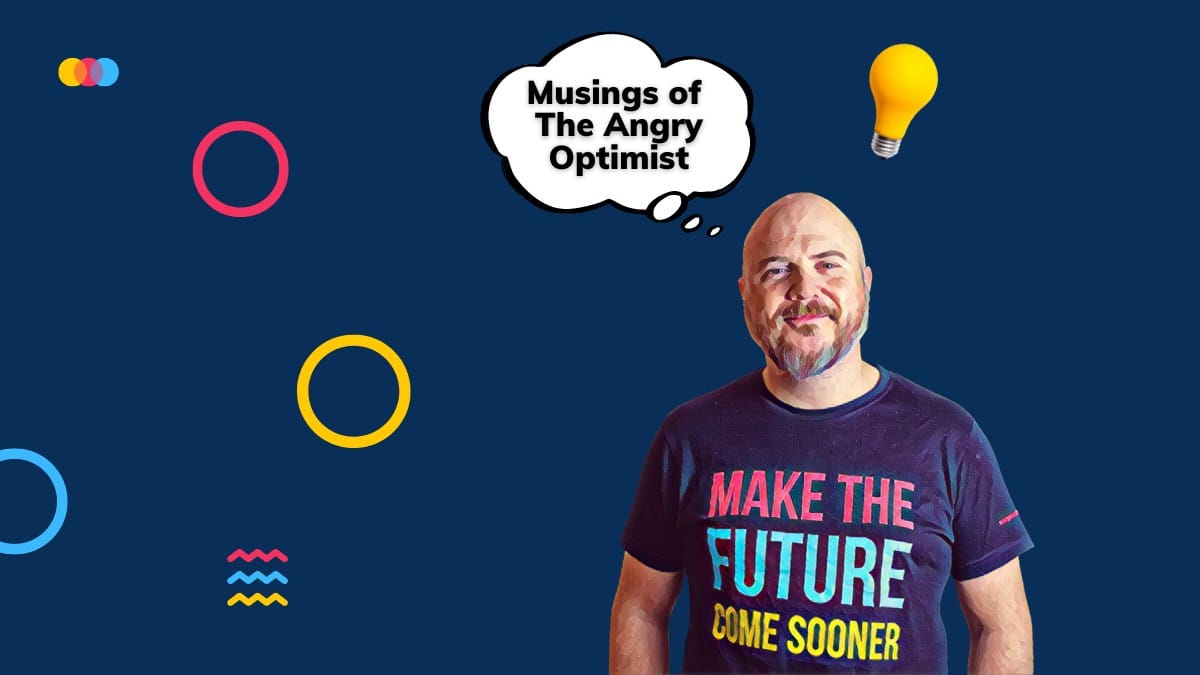
📲 5G is almost here - so now the work begins with 6G
Hologram and haptic interfaces are just some of the possibilities that 6G can give us in ten years when the next-generation mobile network is to be put into operation.
Share this story!
The fifth generation mobile network, 5G, is now starting to roll out around the world, but for researchers this means that it is high time to start with 6G. A sign of this is that the EU's major development project for 6G, Hexa-X , will start on 1 January 2021.
One of the goals of 6G is to make it possible to create an "internet of senses". We should no longer be limited to sound and image. The web should also be able to transmit information that can be used by smart surfaces that can be changed under our hands, smart gloves that let us feel what we see, holograms and more.
6G will be designed from the beginning with support for AI and machine learning to be used to optimize the network. Together with new antenna technology, it should be able to provide transmission speeds of over 1,000 gigabits per second and response times of 0.1 milliseconds. 5G by comparison has a maximum transfer rate of 10 gigabits and a response time of 1 millisecond.
Now you do not have to start thinking about upgrading your mobile for 6G for a while. There are many technical challenges and it will probably take ten years before the 6G networks can be put into operation.
Hexa-X will primarily try to solve six of the biggest challenges with 6G and they are:
Connecting intelligence. This is about using AI to optimize the web.
Network of networks. Many different types of resources must work together to provide us with the mobile services of the future, and 6G will then function as a network of networks.
Sustainability. As the number of mobile devices will continue to increase, it is important that they require as little resources as possible to keep the environmental impact down.
Global service coverage. In order for everyone to benefit from 6G, the network must provide access to cheap connections even in hard-to-reach places.
Extreme experience. Fast transfer speeds and short response times will provide opportunities for new services.
Trustworthiness. 6G must be a very secure system to protect all communications and not compromise the privacy of users.

- A challenge in the development of 6G technology is that we must think much more holistically. It is no longer a matter of finding isolated smart functions, but of building a whole where there are built-in control systems for how the technology works and is allowed to be used for the benefit of society and in the interest of the individual. Aspects in the form of sustainability, environmental considerations, democracy, inclusion and personal integrity must therefore be built into the communication systems that we researchers and the telecom industry are now developing, says Tommy Svensson, professor of communication systems at Chalmers with a focus on wireless communication.
Hexa-X is led by Nokia, which has the help of a large number of partners. Here are, for example, Ericsson, Siemens, Intel, Orange, Telefonica, Chalmers and the University of Oulu and many others. The project will run for 2.5 years and after that we will hopefully be several steps closer to a functioning 6G network, even though there is still a lot to do.
By becoming a premium supporter, you help in the creation and sharing of fact-based optimistic news all over the world.


